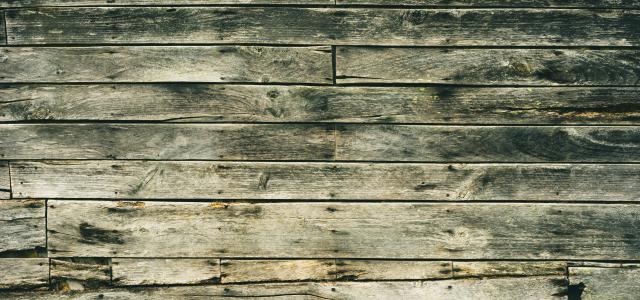Wine Glasses
By Tom Morrone, CFP ®, CPA, Principal
Over the years I can say that I have drank wine from every type of drinkware imaginable. I have used paper cups, plastic cups, acrylic cups, water glasses, crystal glasses and of course regular wine glasses both with and without stems. Heck I am sure at one point or another I drank directly from the bottle and possibly even used a straw. I am only kidding about the straw. Most people have what they consider to be a one size fits all type of wine glasses and believe me that is all you need. When attending a formal wine tasting that includes several varietals of wine of both white and red categories, glasses of different sizes and shapes will no doubt be used to sample the wine? I am amazed when I am in the glass section of a store and go to look at wine glasses and see how many options there are to choose from. After all is it red or white wine? If red, are you drinking Cabernet Sauvignon, Merlot, Chianti, Malbec or Pinot Noir or something else? If white, are you drinking Chardonnay, Sauvignon Blanc, Pinot Grigio or something else? Maybe you are drinking a sparkling wine? Oh the options of wine to drink and of course this presents the options of glasses available to use. I have attached a chart that actually shows the different types of glasses that have been labeled as the style, shape and size glass that should be used based on what wine is being served.
This whole glass paring is a little outrageous to me but then again not really. I will admit that we have more than one set of wine glasses but the reason is more of practicality and not form. What I mean by this is we have acrylic wine glasses that supposedly will not break that we use when enjoying a glass of wine outside. Also, I have looked at other wine glasses in the store and just could not justify buying another set of wine glasses for a particular varietal of wine. All that being said, there are benefits to drinking wine out of the correct glass designed to complement that wine. A perfect example is sparkling wine or champagne. The bubbles in the sparkling wine that travel from the bottom of the glass to the surface with a pop is what gives the wine the sparkle. That is the reason a tall thin glass or flute is used so the bubbles have a longer distance to rise and break the surface with a bigger pop. If you drank sparkling wine from s short stubby glass it would taste totally different than from a flute. Some wines release a bouquet that is better magnified with certain glassware. As part of the sampling of wines the clarity or color of the wine is examined by holding the glass up towards the light and looking through the wine. Of course certain glasses are better for this.
The bottom line to all of this is if you come to our house you are assured that you will be given a glass to drink your wine. It may not be the textbook glass that is perfectly paired with the wine. I can say with certainty the one thing I will not give you to drink with is a straw.
Until the Next Tom’s Take…

